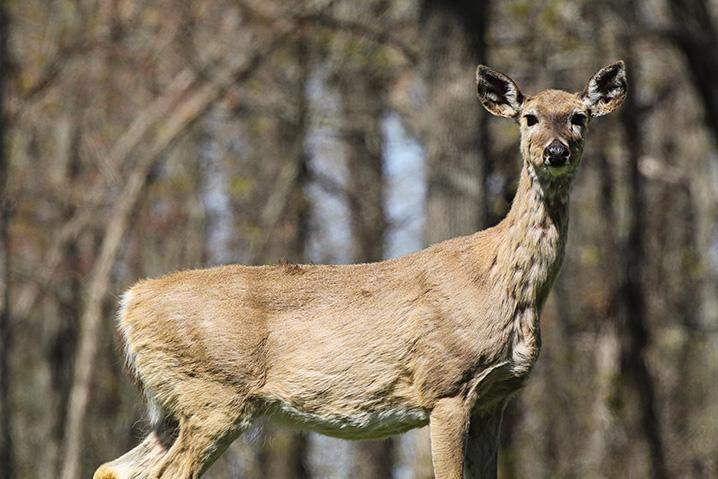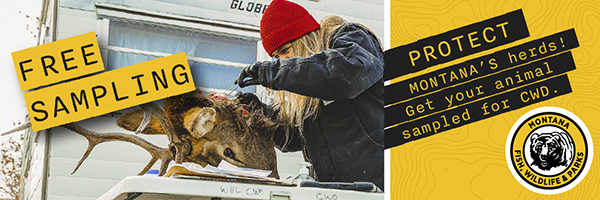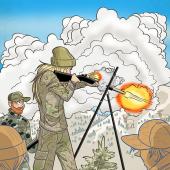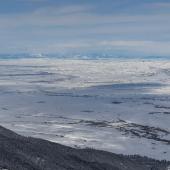Infection Detection
An update on CWD.
Unfortunately, it’s not going away. What’s even worse—there’s no surefire defense against it.
Last fall, Montana Fish, Wildlife & Parks put forth its first statewide effort at testing for Chronic Wasting Disease (CWD). As expected, they found it.
CWD is prion disease—the result of a misfolded protein in the brain—that’s transmitted through body fluids such as saliva, feces, urine, and blood. It’s known to occur in ungulates such as deer, elk, and moose. If contracted, it’s 100 percent fatal.
By now, we know it’s in Montana, and once in a population, the only real management strategy is to keep that population low. But first, a baseline is needed. To find one, FWP set up testing sites in all seven Regions last season, encouraging hunters everywhere to get their animals tested. All testing is on a volunteer basis, but is highly encouraged—both for data purposes, as well as personal knowledge.
We’re still learning about transmission, but current research shows that the disease can spread through both direct and indirect contact, such as contaminated soil, food, or water. If you kill an animal that tests positive, you may request a replacement license. Though it’s uncertain if the disease can transfer through muscle, it’s recommended not to consume any meat from a CWD-positive animal.
There has yet to be a documented case of CWD in humans, but with a 100 percent fatality rate, there isn’t much incentive to find out if it’s possible. To test your animal, simply bring it (or just the head) to your Region’s testing facility, which can be found at fwp.mt.gov. In the field, wear protective gloves while dressing and use extra caution when handling carcass parts such as the brain, eyes, spleen, and lymph glands. Wash your knives and saws thoroughly.
FWP’s current management plan aims to keep prevalence below five percent. But southwest Montana has seen its fair share of cases in recent seasons. As of now, hunting remains the primary management tool for handling this beast, but if the trend continues it could take more targeted action in the form of CWD hunts to control the disease. Stay informed, test your kills, and be adaptable. This one is going to be around for the long haul.













